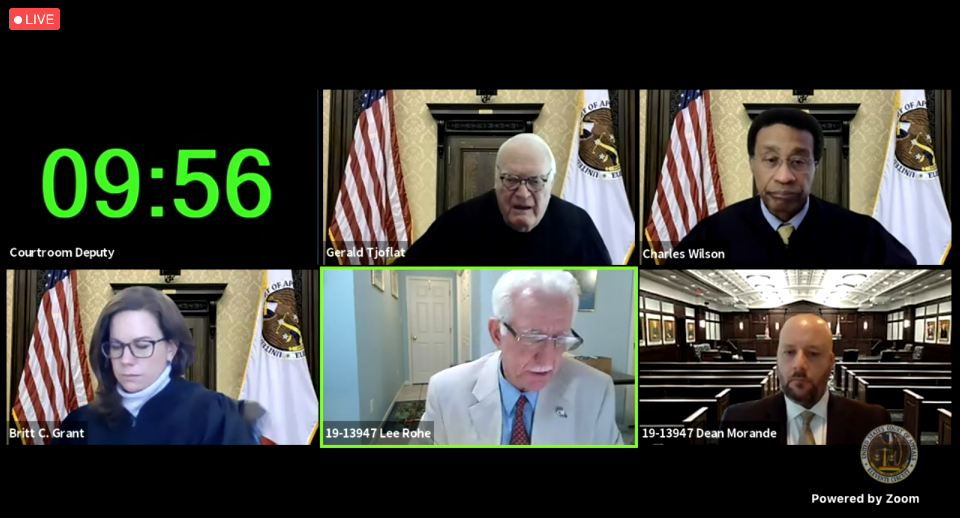Every Federal Appeals Court - Including SCOTUS - Will Livestream in 2021

All 14 federal appeals courts – the 13 circuits and the Supreme Court – will offer the public live access to oral arguments next year, as policies that mostly began in light of the public health crisis will continue into January and beyond.
Fix the Court is applauding these steps toward transparency, though it won’t be known for months if they have staying power beyond the pandemic or were merely temporary fixes at a time when in-person hearings were suspended.
“Recalling the third branch’s renowned opacity, it wasn’t a given that the pandemic would yield increased access to federal court proceedings,” FTC’s Gabe Roth said. “But the proof of whether our courts are affirmatively making strides towards greater transparency won’t occur until life returns to normal.”
“In the meantime, we’ll encourage them to make this newfound live access permanent,” Roth added.
Prior to March, only the Ninth Circuit (live video) and D.C. Circuit (live audio) would typically livestream arguments among the group, with the Second and Fourth Circuits each permitting livestreams for a handful of closely watched cases.
Here’s the current tally (links to each court here) of who’s doing what:
Seven courts – the First, Third, Fourth, Sixth, Seventh, Tenth and D.C. Circuits – use YouTube channels they created earlier this year to livestream argument audio.
Two courts – the Second and Fifth Circuits – use other media players embedded in their websites to livestream audio.
One court – the Ninth Circuit – livestreams video on its YouTube channel, which is also embedded on its website.
Two courts – the Eighth and Federal Circuits – provide call-in numbers to members of the public who want to listen in to arguments.
One court- the Eleventh Circuit (see screenshot, upper right from argument video Friday) – has moved arguments from its YouTube page to a Vimeo page, on which the court sometimes streams audio and sometimes streams video, depending on the cases and the panel.
One court – SCOTUS – allows C-SPAN to take a feed of its argument audio, which it then posts on its Supreme Court page.